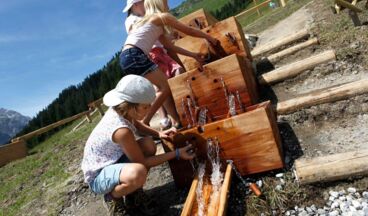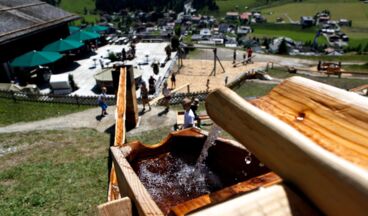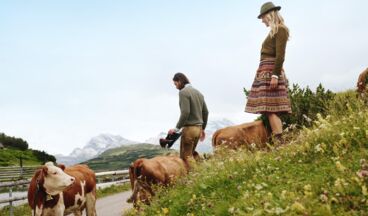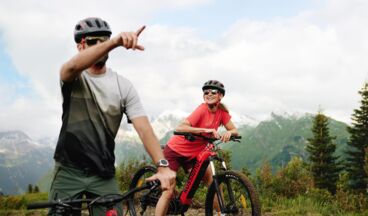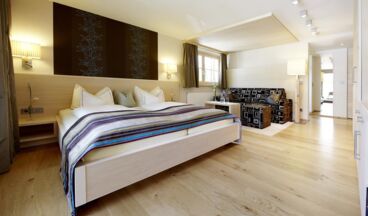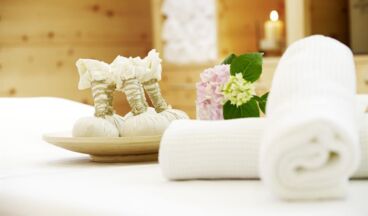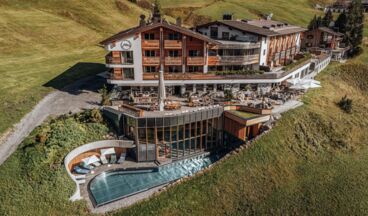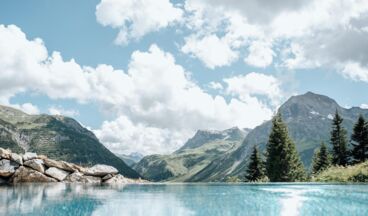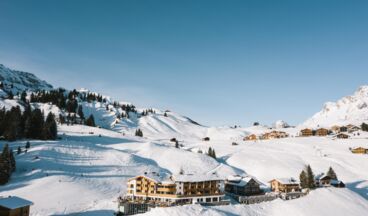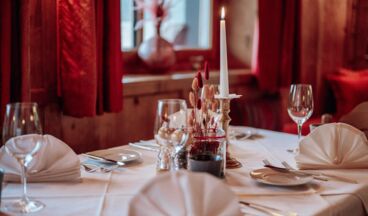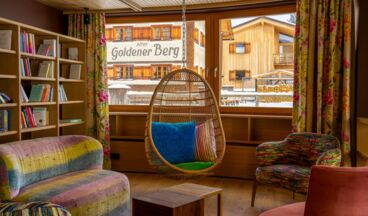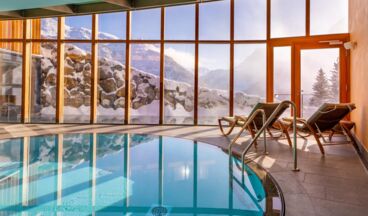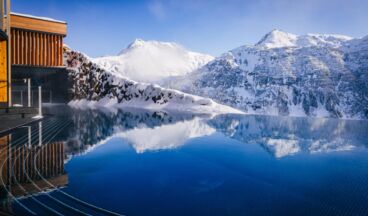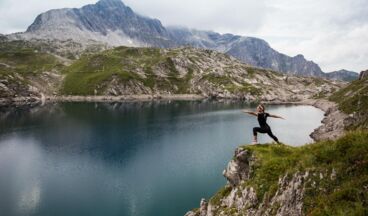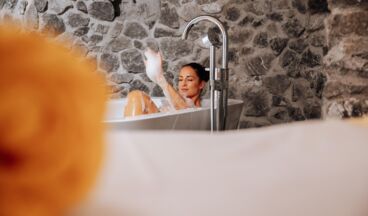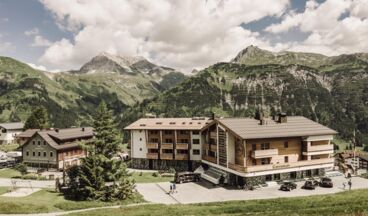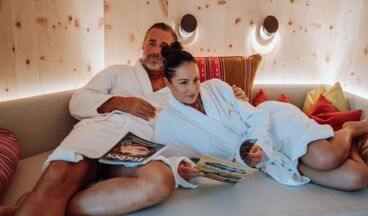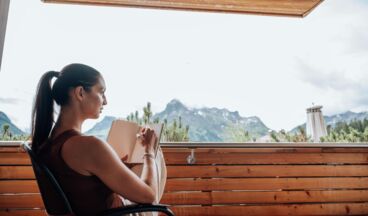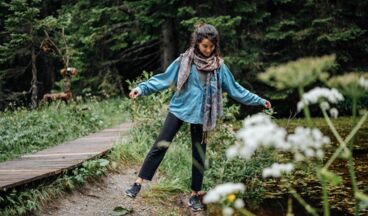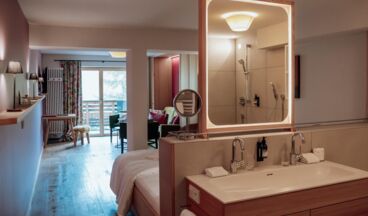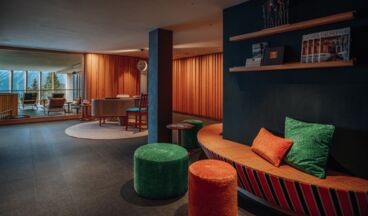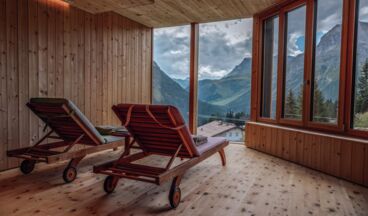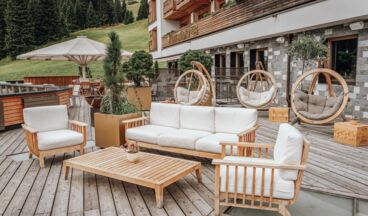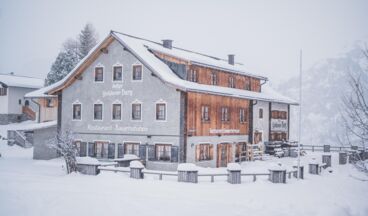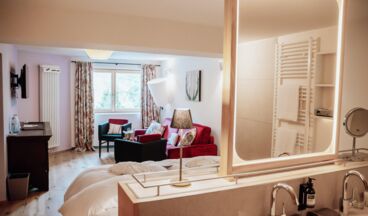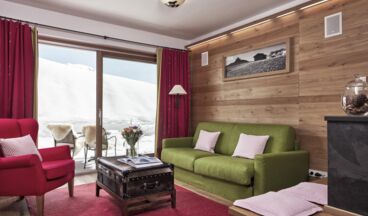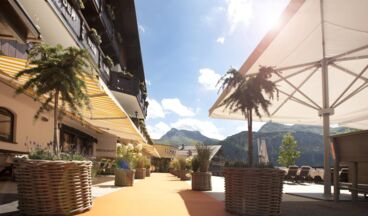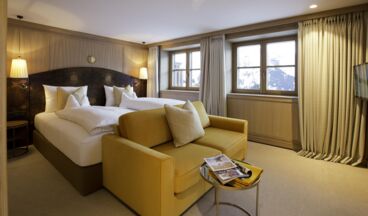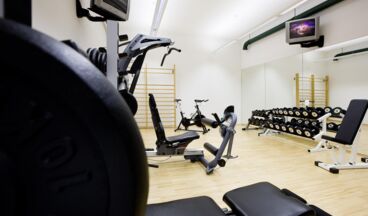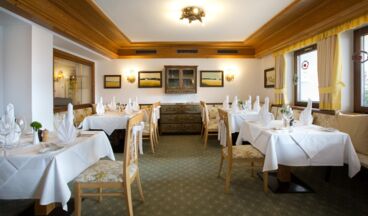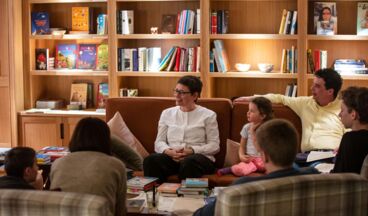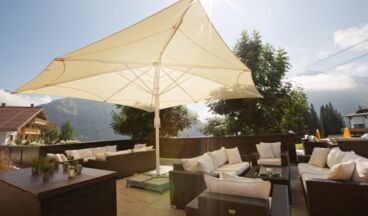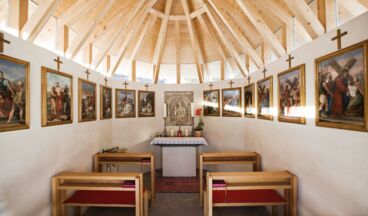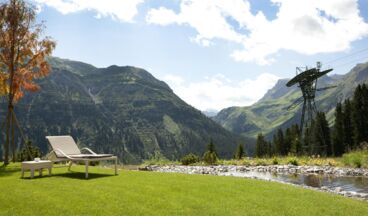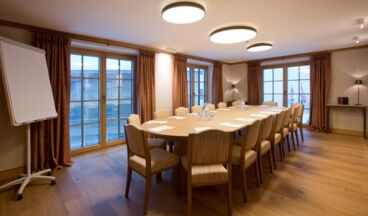Who were the Walser people? What about this area inspired them to settle here? What evidence or artifacts still exist today? How did they live? For 600 years, the Walser people subsisted as mountain farmers until the advent of winter tourism at the end of the 19th century. This brought unexpected developments to the Tannberg mountains.
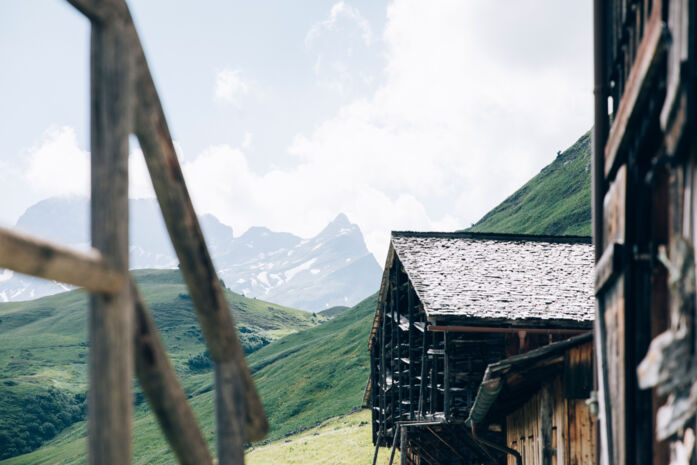

A trail exploring the history of the Walser people
On the Tannbergweg trail at the foot of the Karhorn mountain between the municipalities of Lech, Warth and Schröcken, gain insight into the history of the Walser people, who immigrated from the Canton of Valais and settled in the upper Lechtal valley, then known as "Tannberg am Lech" around 1300. Hikers encounter ancient Walser buildings, former Walser settlements, fascinating settings of traditional legends, atmospheric towns set amidst a cultural landscape that has been shaped through the ages, and breathtaking natural treasures.
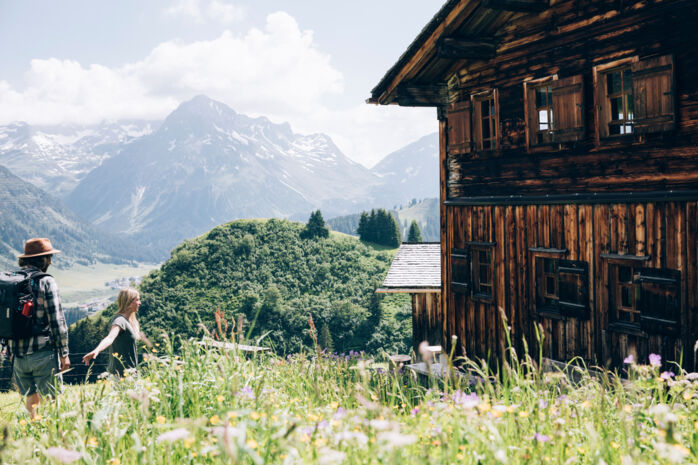

Hiking tours in the Tannberg mountains
The hiking routes are both unique and rich in variety: Discover secluded paths in a high valley or mountain forest, the mule tracks of the Walser people as they crossed the mountain saddles, via ferratas and summit tours. The scenery is incredibly diverse: tour around the mighty mountain basin of Schröcken, which boasts picturesque scattered hamlets and lonely farmsteads. Alternatively, explore Hochkrumbach at the foot of the bizarre Widderstein mountain, which is characterised by moors and lush Alpine meadows. Enjoy the scenery on sunny plateaus such as the enchanting settlement of Bürstegg above Lech, or the picturesque high valleys leading to Zug and on to the Älpele. In addition to the impressive mountain scenery and the idyllic countryside, there are also numerous natural monuments such as the romantic Körbersee lake.
Mountain huts and Alpine pastures in the Tannberg mountains
On the gentle meadows below the Karhorn mountain, cows graze on lush grasses during the summer months. Not far from the cultivated areas, the Alpine pastures and mountain huts are located directly along the hiking trails in the Tannberg mountains. There are numerous places to stop in for a bite to eat here, so why not enjoy fresh milk or a hearty snack? The hutkeepers look forward to welcoming you!


A break at the Tannberg
The Karhorn mountain: an accessible summit for all
The impressive Karhorn massif resembles a magnificent rocky crown north of Lech and south of the Hochtannberg Pass. Boasting flowering mountain meadows and gentle Alpine pastures that reach up to the rugged Dolomite cliffs, it provides an apt first impression of the legendary Tannberg mountain landscape.
The summit of the Karhorn mountain at 2,416 m is accessible via a path secured with steel cables or a via ferrata route.
The Tannberg communities: Lech, Warth & Schröcken
West of the Karhon mountain, the municipal boundaries of Lech, Warth and Schröcken meet on the scenic Auenfeld high plateau. The Walser People court once met here, which gave the region its name. For centuries since the immigration of Valaisans in the late Middle Ages, it united the three villages. In addition to the area’s eventful history as the northeasternmost Walser people colony on the border between Vorarlberg, Tyrol and Bavaria, the inhabitants of the three Walser settlements shared the difficult struggle for survival in this high-altitude region. Thanks to the famous "Walser Freiheiten (freedoms)," the communities were largely independent and enjoyed church, economic and family ties that extended beyond their mountain ranges. The distinctive language and handed-down traditions of the Walser people have been preserved in the Tannberg mountains until this day. Together, Lech, Warth and Schröcken invite you to explore the rich legacy of their ancestors in addition to the region’s pristine nature, which also includes traces of the Walser people. In cultivating the Alpine terrain, these pioneers developed fascinating agricultural practices that that are still prevalent today and enrich the unique appeal of the Tannberg mountains.


Diverse nature in the Tannberg mountains
True insiders regard the Tannberg as unique within the wide Alpine chain. Simultaneously invigorating and tranquil, few other regions offer such variety and contrast. Far removed from the hustle and bustle and nevertheless central, high elevation yet blessed with a favourable climate, a broad hiking paradise awaits discovery. Here you can explore the main European watershed between the North Sea and the Black Sea. While the Bregenzerache river meanders over the alluvial plain to Lake Constance, the Lech river flows into the Danube river. The striking mountains, which are characterised by a variety of rock formations and glacial striations, are known as the Lechquellengebirge. This mountain range merges with the Central Alps to the south, the Lechtal Alps to the east and the Allgäu Alps to the north.


Documenting the history of the Walser people in the Tannberg mountains
In his book "Auf den Spuren der Walser am Tannberg" (In the Footsteps of the Walser People in the Tannberg mountains), Innsbruck journalist Olaf Sailer devotes a detailed text to each of the 57 places of interest. The well-researched stories tell of the hard work and the homesickness of the “Swabian children," of the sulphur spring as the Walsers' fountain of youth, of the Gemstel Pass used as a bridle path, as well as a route for traders and smugglers, of the Hinterboden as the birthplace of alpine skiing in Tannberg, and of the legend of the Bürstegg herdsman.




